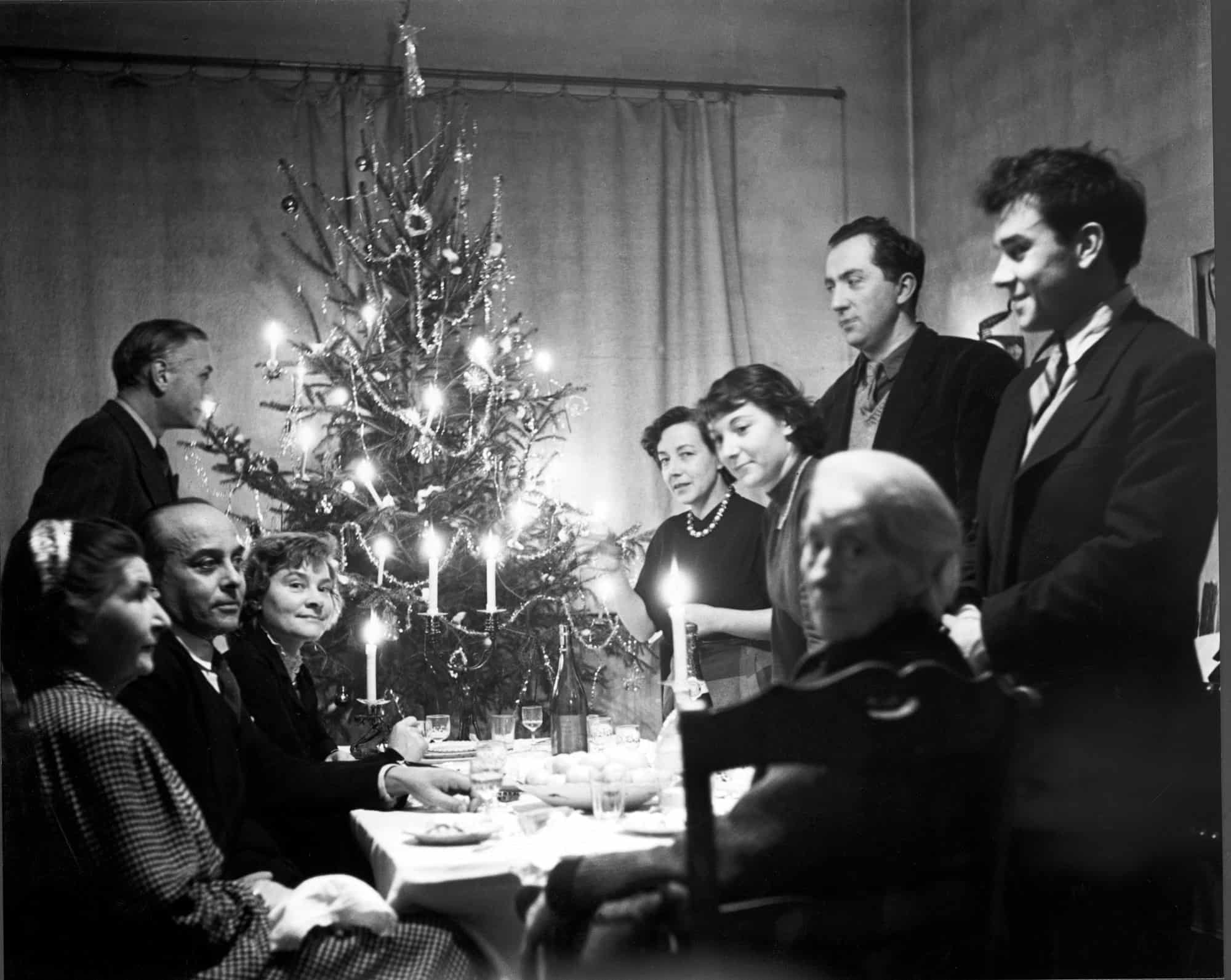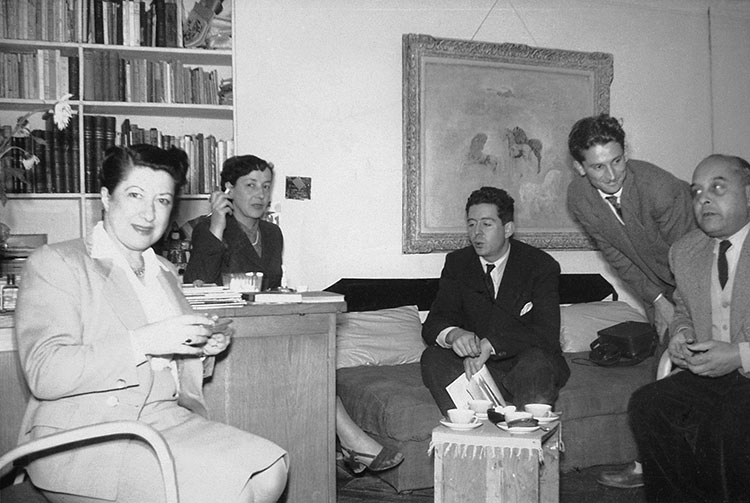Mondays
"Lundi de Raymond," the iconic weekly gatherings hosted by Marie Raymond at the family apartment on Rue d'Assas, stands as a pivotal and legendary event in the annals of post-war Parisian art history. The name, translating to "Mondays of Raymond," encapsulated a vibrant hub of intellectual exchange, artistic exploration, and collaboration that unfolded from 1946 to 1954.
Marie Raymond, herself an abstract painter deeply entrenched in the avant-garde movement, opened her home to a diverse array of artists, critics, photographers, and gallery owners. The gatherings were a testament to the inclusive and collaborative spirit that defined the artistic milieu of post-war Paris.
According to Elisabeth Petibon at Exporevue (2004), the attendees included luminaries such as, "gallery owners, mediators like Iris Clerc, Colette Allendy, collectors, Mme Kandisky… There is also the very young generation of artists, like Jean Tinguely, François Dufrêne, Raymond Hains, Jacques Villeglé, Arman, César, all more or less friends of the son of the family who also attends the evenings."
Beyond being a social gathering, "Lundi de Raymond" played a crucial role in defending and promoting abstract art in the post-war era. In a time when abstract art was still finding its footing, Marie Raymond's initiative provided a platform for artists to share their work, discuss ideas, and collectively champion the avant-garde movement. The space became a nexus for forging artistic relationships, fostering collaborations, and nurturing the avant-garde spirit that defined the cultural landscape of Paris.
Shown on this page, a famous photograph from a Christmas Eve gathering in 1949, featuring Pierre Soulages, Gerard Schneider, Fred Klein, Marie Raymond, and a young Yves Klein, serves as a poignant snapshot of the creative energy that permeated these Monday soirées. The impact of "Lundi de Raymond" extended beyond the immediate artistic circles, influencing the broader Parisian art scene. It provided a haven for artists to unite against the challenges posed to abstract art, forging a community that transcended traditional boundaries.
Being that Marie shared her studio with Piet Mondrian, whose style of abstract painting was informed by Theosophical teachings and her son Yves being a member of the Rosicrucian Brotherhood from 1948 to 1953, we knew that some of the attendees were interested in the some of the more spiritual aspects. Lucia Pesapne states in "Marie Raymond: Le Royaume Invisible", her text written for an exhibition at the Diane de Polignac Gallery (2023) that , “Eva Aeppli and Niki de Saint Phalle, both of whom were interested in astrology and tarot cards,” would attend these Monday meetings from time to time. It is easy for one to imagine how the eclectic mix of participants made "Lundi de Raymond" a melting pot of ideas and perspectives.
Marie Raymond's contribution to the art scene wasn't confined to her own work but extended to creating a space that nurtured creativity, camaraderie, and the avant-garde ethos. "Lundi de Raymond" became a symbol of resistance against the conservative artistic norms of the time, leaving an enduring legacy in the form of strengthened artistic networks and a renewed commitment to the transformative power of abstract expression.
Sources
Author: Elisabeth Petibon
Publication: Exporevue
Title: "Yves Klein, un destin singulier"
URL: https://www.exporevue.com/magazine/fr/yves_klein.html
Accessed: Thursday April 18th, 2024
Author: Lucia Pesapane,
Publication: Gallery Diane de Polignac, Paris
Title: "Marie Raymond: Le Royaume Invisible"
Accessed: Wednesday April 24th, 2024

